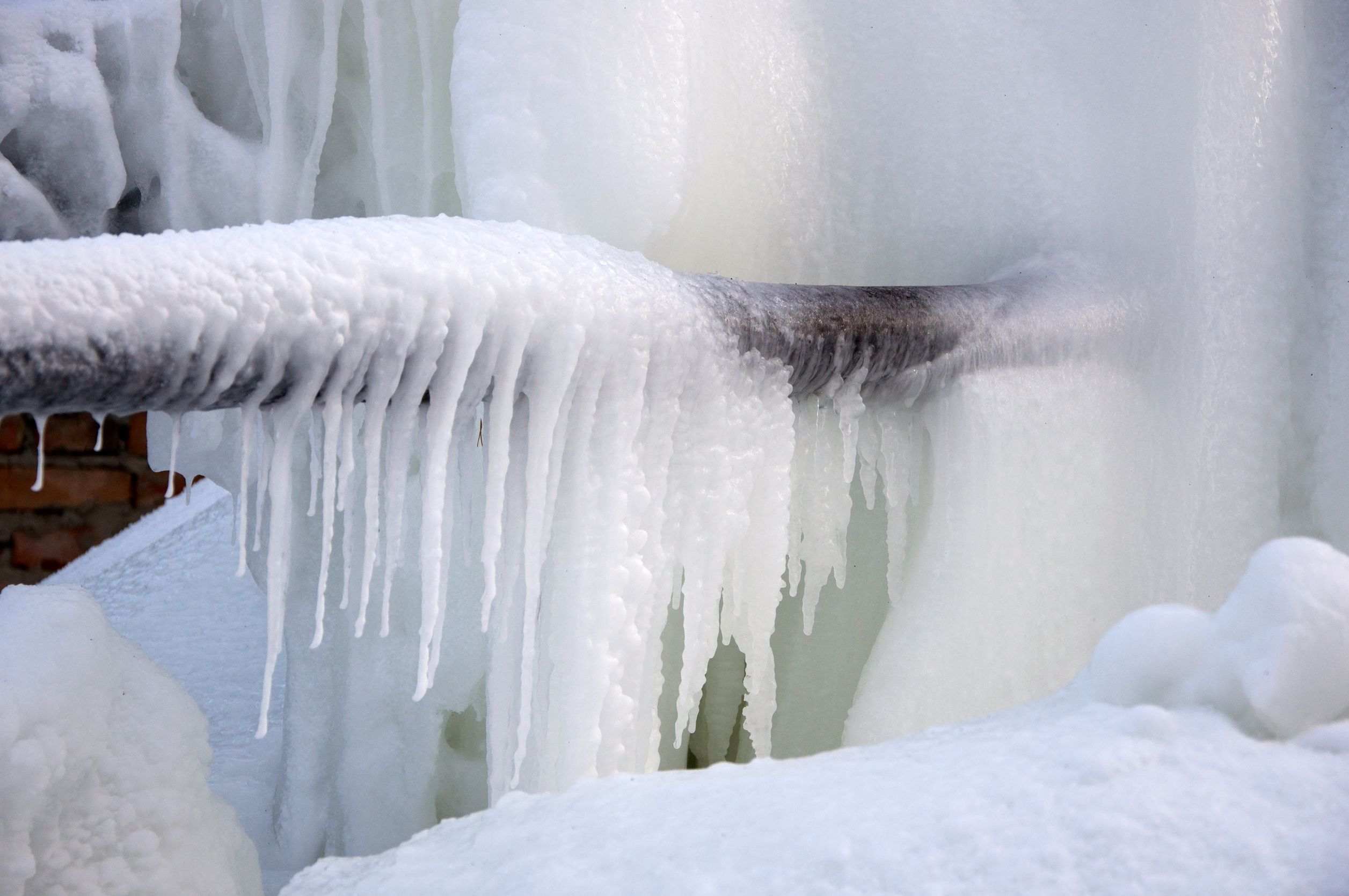Protecting Against Frozen Plumbing: Effective Methods for Winter
Protecting Against Frozen Plumbing: Effective Methods for Winter
Blog Article
Were you searching for info about Winter Plumbing Precautions: Preventing Frozen Pipes?
:strip_icc()/snow-outdoor-faucet-pipes-4af65d1e5e904fb1aa7bf74071fe5d89.jpg)
Winter can wreak havoc on your plumbing, especially by freezing pipelines. Here's how to stop it from occurring and what to do if it does.
Introduction
As temperature levels decrease, the risk of icy pipelines rises, potentially bring about costly repair work and water damage. Recognizing just how to prevent frozen pipes is critical for homeowners in cold climates.
Understanding Frozen Pipes
What causes pipes to ice up?
Pipelines ice up when revealed to temperature levels listed below 32 ° F (0 ° C) for expanded durations. As water inside the pipelines ices up, it expands, taxing the pipeline wall surfaces and possibly creating them to rupture.
Dangers and damages
Frozen pipes can lead to water supply disturbances, residential or commercial property damage, and pricey repair services. Ruptured pipes can flooding homes and cause considerable architectural damages.
Indicators of Frozen Water Lines
Determining frozen pipelines early can stop them from bursting.
Just how to identify frozen pipes
Search for lowered water circulation from taps, unusual smells or noises from pipes, and visible frost on subjected pipelines.
Prevention Tips
Protecting at risk pipes
Cover pipelines in insulation sleeves or use heat tape to shield them from freezing temperatures. Focus on pipelines in unheated or outside areas of the home.
Home heating techniques
Keep indoor areas properly heated, especially areas with pipes. Open closet doors to allow warm air to flow around pipelines under sinks.
Protecting Outside Pipes
Garden hose pipes and outdoor faucets
Detach and drain pipes yard tubes prior to winter. Install frost-proof spigots or cover outside taps with shielded caps.
What to Do If Your Pipelines Freeze
Immediate activities to take
If you presume icy pipes, maintain taps open to relieve stress as the ice melts. Use a hairdryer or towels soaked in warm water to thaw pipes slowly.
Long-Term Solutions
Architectural modifications
Think about rerouting pipes far from exterior wall surfaces or unheated areas. Add extra insulation to attic rooms, basements, and crawl spaces.
Upgrading insulation
Purchase top quality insulation for pipes, attics, and wall surfaces. Proper insulation aids preserve consistent temperature levels and lowers the threat of icy pipes.
Final thought
Protecting against icy pipes requires positive actions and quick actions. By comprehending the causes, signs, and preventive measures, homeowners can shield their plumbing during winter.
5 Ways to Prevent Frozen Pipes
Drain Outdoor Faucets and Disconnect Hoses
First, close the shut-off valve that controls the flow of water in the pipe to your outdoor faucet. Then, head outside to disconnect and drain your hose and open the outdoor faucet to allow the water to completely drain out of the line. Turn off the faucet when done. Finally, head back to the shut-off valve and drain the remaining water inside the pipe into a bucket or container. Additionally, if you have a home irrigation system, you should consider hiring an expert to clear the system of water each year.
Insulate Pipes
One of the best and most cost-effective methods for preventing frozen water pipes is to wrap your pipes with insulation. This is especially important for areas in your home that aren’t exposed to heat, such as an attic. We suggest using foam sleeves, which can typically be found at your local hardware store.
Keep Heat Running at 65
Your pipes are located inside your walls, and the temperature there is much colder than the rest of the house. To prevent your pipes from freezing, The Insurance Information Institute suggests that you keep your home heated to at least 65 degrees, even when traveling. You may want to invest in smart devices that can keep an eye on the temperature in your home while you’re away.
Leave Water Dripping
Moving water — even a small trickle — can prevent ice from forming inside your pipes. When freezing temps are imminent, start a drip of water from all faucets that serve exposed pipes. Leaving a few faucets running will also help relieve pressure inside the pipes and help prevent a rupture if the water inside freezes.
Open Cupboard Doors
Warm your kitchen and bathroom pipes by opening cupboards and vanities. You should also leave your interior doors ajar to help warm air circulate evenly throughout your home.

I found that post about 6 Ways to Prevent Frozen Pipes while doing a search on the search engines. Be sure to take the opportunity to distribute this blog entry if you enjoyed reading it. I recognize the value of your readership.
Get An Estimate Report this page